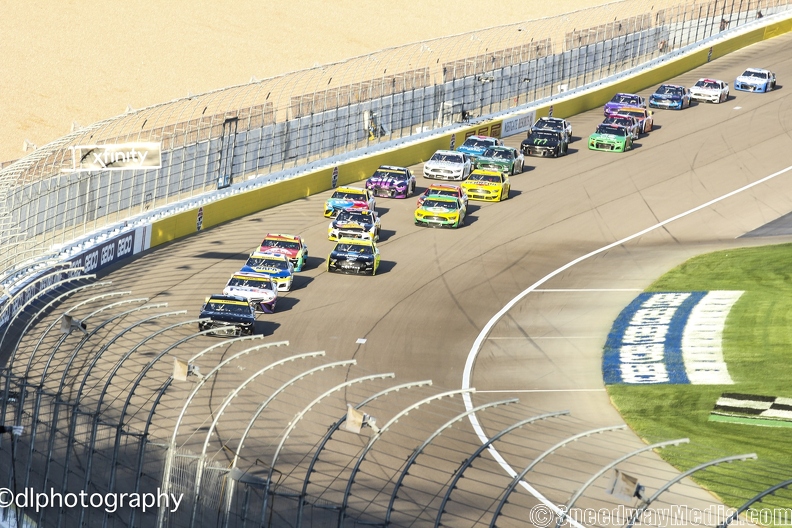Hail damage is one of the most common car troubles. This phenomenon usually takes place from May to September. During this time, people find it hard to travel due to the dangers posed by hailstorms. While most people stay indoors, cars left outside are typically damaged.
If you’ve been driving for a long time now, you probably encountered this mess. Perhaps, in most cases, you don’t notice the hail damage until you bring your vehicle into a detailer or when you wash your car on your own. If you’re interested in finding the dents impacted by hail, here’s an article that could help you.
For instance, if you’re located in Colorado, you can easily find expert hail damage repair Denver services that specialize in restoring vehicles affected by severe storms.
How To Spot Hail Damage
After a hailstorm, it is routine to check your vehicle for hail damage. In most cases, these problems affect the roof and the other exterior car parts, including:
- A cracked or broken windshield
- Misaligned or missing side mirrors
- Cracked or broken windows
- Dents of various sizes in the roof, hood, and fenders
- Water damage inside the car
- Scraped car paint
- Broken lights
- Glass debris inside the car
Hail Damage Repairs For Cars
In most cases, the mechanics suggest the needed repair. They generally base their decision on the assessed and existing dents and creases. If you want to be familiar with the everyday maintenance and services for hail damages, here are some of them:
- Paintless Dent Repair (PDR)
This widely practiced repair fixes the small dents of hail-ridden cars. PDR requires special tools such as reflector board, glue removing agent, and ratchet handle. These are necessary for applying pressure on the damaged portions and bringing them back to their original placement.
Car mechanics use PDR tabs, dent lifters, glue guns, and removers to make the dents and creases appear original. These tools ensure that the process works even on the marks and panels in bad angles. If you want to know more about PDR, you may contact professional car mechanics such as udentifix.com and others to gain more insights.
- Small To Medium Area Repair Technology (SMART)
If the hail damages include scraped paint, SMART may be the better option. In this process, mechanics use special fillers, degreasers, coating, and unique SMART equipment. Most car owners choose this option if the damages are more complex than the small or medium dents.
- Side Mirror, Headlight, And Windshield Replacement
Generally, mechanics suggest total replacement of the parts made of glass because a damaged windshield isn’t reusable. Yet, in some cases, if the bases of the mirror or glass are intact, only the damaged parts are replaced. If you consider replacing the mirrors, windows, and glasses, you may consider having a type that’d stand better against the next hailstorm. Yet, the costs will be another story.
- Interior Car Cleaning
The debris from the damaged windshield, windows, and exterior car parts generally go into the interior of a vehicle. Because of this, interior car cleaning is necessary. Neglecting this aspect may result in injuries as the broken glasses could hurt the driver and passengers.
DIY Vs. Professional Repairs
Do-it-yourselfers would probably choose to repair their car’s hail damages. Apart from the fact that they could save money, the tools and compounds they use are widely available everywhere. Also, learning the needed skills is just a click away from the internet.
For example, replacing a car’s side mirror or headlight can be learned in an hour after watching a tutorial video. Mechanic wannabes could also learn about the tools and processes through fora and social media exchanges. In other words, all of the necessary things about car repairs became accessible through the web.
On the other hand, professional car repairs could boast of the quality of their work. They’re generally more expensive than DIY repairs. Yet, in the long run, professional car works may be worth its price because the repaired dents would last longer than DIY works.
Wrapping Up
Hail damage happens numerous times every year. While the several types of car repairs could help restore the vehicles, keeping the cars in safe spaces is still the best option. That’s why it’s always advisable to put cars in the garage when not in use.
For emergencies, car owners could cover the vehicles with a tarp, blankets, or anything to reduce the hail damage. Yet, if you’ve exhausted all your efforts in keeping your cars safe but they still receive damages, the car repairs mentioned above could give you ideas on what to do next. Just make sure you choose the repair that’s fit for your car’s needs.







